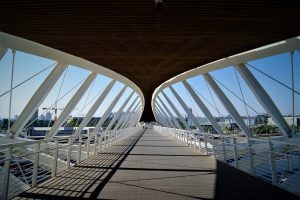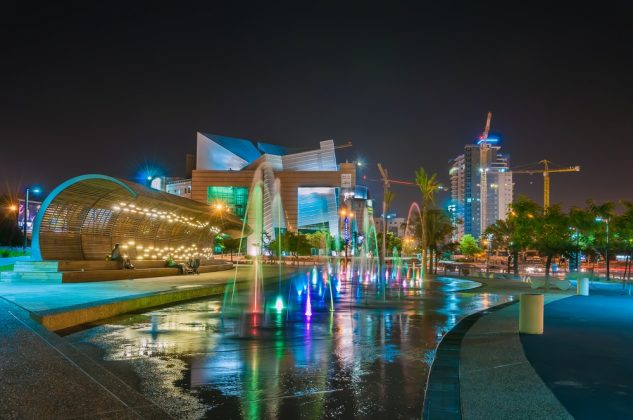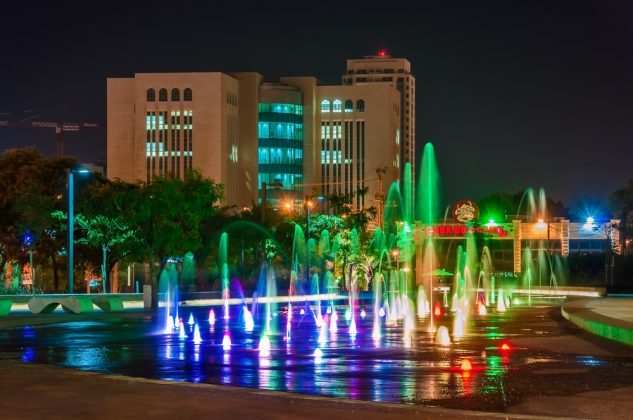The City Of Beersheba
The city of Beersheba is located in the northern Negev. It is the ‘Capital of the Negev,’ and the largest city in the south. In 1906, it took place the declaration of Beersheba as a city before establishing Israel’s state. Moreover, it was first mentioned in the book of Genesis in the Torah. Indeed, in Beersheba, it was made the covenant between Abraham and Abimelech, king of Gerar: “therefore, he called that place Beersheba (swore=נשבע) because there they both swore.”
In the Torah, other stories link the city to Abraham, Isaac, and Jacob; therefore, it is also called the Fathers’ City. The city has always been of great historical importance. It is mentioned throughout Israel’s history in different periods: from the Chalcolithic period, the Iron Age, the periods of Roman and Ottoman rule in Israel, the period of the British Mandate, and the War of Independence. Of course, even in recent years, Beersheba did not stop developing and surprising. And this is precisely the time to get to know Beersheba!
Historical Sites Of The City Of Beersheba
On a tour of the city of Beersheba, you can see and experience its fascinating past. The prominent landmarks of this fantastic city are:
- The Well of Abraham is the biblical well, and you can learn about our father, Abraham. The place has an impressive audio-visual performance, which is translated into nine languages.
- The Mosaic of Peace dates back to 2017. This is a project by the artist David Vakstein, with a large and impressive mosaic made by students and teachers. It symbolises multiculturalism of Israel with the co-existence of Jewish, Christian, and Muslim culture.
- The Turkish Railway Station was inaugurated by the Turks with a festive ceremony in October 1915. A special train with Turkish government officials left Damascus, via Nahal Sorek to reach Beersheba. Today, on the site, there are an impressive train locomotive and authentic train carriages. The entire complex is an enjoyable culture and art centre, with a small Israel railway museum.
- The Governor’s House dates back to the Ottoman period, and it was the residence of the British governor, who came to Israel afterwards. After the War of Independence, in the 1950s it became the first city hall Beersheba.
- Nowadays, the Governor’s House and the Great Mosque are part of the Negev Museum of Art, one of the most impressive museums in the Negev. In the museum, there is modern and contemporary Israeli art with paintings and sculptures.

The Unique Atmosphere Of Beersheba
Historical sites and cultural institutions are becoming more sophisticated in the city at a dizzying pace.
The unique atmosphere in Beersheba is also due to its many magical places such as:
- The Urban Market of Beersheba is in the south’s capital and is plenty of colourful spices and fresh goods. Indeed, it is a quality market that offers a beautiful and bright way to experience the city’s atmosphere and its residents’ character. The many market restaurants provide an authentic culinary experience at prices for every kind of budget with an unforgettable atmosphere.
- Another market is the Bedouin Market, which is one of the oldest markets in Israel. Closed in 2017 but reopened about 3.5 km from its original location. The Bedouin market is a cultural experience: a short tour, coffee break, and observing the colourful stalls, and their goods are very entertaining and recommended.
- The Ben Gurion University of the Negev every year attracts many young people from all over the country.





